Description
Traditional ring feeders rely on animals pulling hay outward, but gravity keeps fine stems and leaves drifting downward, where they build up in a damp, spoiled mat. The Big Bale Cradle flips this model on its head—literally. A bale sits 1.5 metres above grade in a robust steel rack measuring 1500 mm long × 1000 mm deep × 1500 mm high. As cattle or horses nibble, loosened material falls into a catch space beneath the bale rather than onto the mud, allowing continued access until virtually the whole bale is consumed. The result is markedly lower wastage (often more than 30 percent savings compared with feeding on bare ground) and a cleaner feeding zone that minimises parasite build-up and soil compaction.
Overall Length: 1500 mm
Overall Depth: 1000 mm
Overall Height: 1500 mm
Frame Finish: Hot-dip galvanised steel
Assembly: Bolt-together kit (all fixings supplied)
Base: Removable sheet-steel panel
Key Construction Features
Elevated Support Grid
Welded cross-members form a cradle that stops the bale sagging or collapsing prematurely while still letting air circulate through the forage. By keeping the core drier, mould is much less likely to form, safeguarding both palatability and animal health.
Easy Bolt-Together Assembly
The cradle ships as a compact kit, reducing haulage costs and making on-farm handling simpler. Align the pre-drilled holes, insert the supplied high-tensile bolts, and tighten—no special tools or fabrication skills needed.
Removable Base Panel
Once a bale is finished, lift out the base panel to shake away fines and debris in seconds. Quick clean-downs mean you can reload without dragging the entire frame aside or tipping it over.
Optional Roof Panels
In wetter climates or during long winter-feeding periods, clip-on roof sheets create a mini hay-barn, shedding rain and snow so outer layers stay crisp. Roofs can be added at purchase or retro-fitted later as budgets allow.
Hot-Dip Galvanised Finish
Every steel component takes a full immersion bath in molten zinc, armouring the surface against rust from silage acids, manure splash, or coastal air for many seasons to come.
Everyday Benefits in the Field
- Reduced Forage Waste: The raised cradle and catch area keep hay off the ground, so animals consume fines instead of trampling them into mud.
- Less Daily Labour: Load a single bale, bolt the gate, and walk away; the cradle’s capacity means refills are needed far less often.
- Improved Animal Health: A cleaner feeding zone lowers the chance of soil-borne parasites and cuts respiratory issues linked to mouldy forage.
- Pasture-Friendly Feeding: Because the bale never touches the grass, you avoid the muddy “doughnut” that usually spoils ground around traditional feeders.
- Multi-Species Versatility: Ideal for cattle and horses, and easily adapted for sheep or goats when paired with the optional roof and hay-saving nets.
Simple Setup, Rapid Payback
- Site Selection – Choose a level patch with adequate drainage or a hardcore pad near your wintering yard.
- Assembly – Two people and a socket set can bolt the cradle together in under thirty minutes.
- Loading – Spear the bale with loader spikes, raise above cradle height, and drop into place—no awkward manoeuvring or chains required.
- Monitoring – Check hay progress daily; fines that accumulate beneath can be raked clear when the bale is two-thirds eaten, encouraging full clean-out.
- Cleaning – Remove base panel, sweep or hose the tray, and reload. Total downtime: often less than ten minutes.
The savings from reduced wastage alone often offset the purchase price within a single high-feed season, particularly where hay costs are steep or transport to remote paddocks is time-consuming.
Integration with Other Bateman Equipment
Because LM Bateman maintains common hole patterns and galvanising standards across its livestock range, the Big Bale Cradle pairs perfectly with Bateman gates, cattle pens, and waterers. Uniform hardware simplifies spare-part stocking, and a matched silver finish keeps your yard looking neat and professional.
Frequently Asked Questions
Q — What bale sizes fit?
Standard UK 4-foot round bales and most poly-wrapped silage bales sit neatly within the 1.5 m length. Longer rectangular haylage packs can be fed by slicing and stacking.
Q — Can I drag the loaded cradle to fresh ground?
Light relocation with a loader or tele-handler is possible, but for regular moves we recommend unloading first to prevent undue frame stress.
Q — Do I need the roof panels?
If you feed in open, exposed fields or high-rainfall areas, a roof pays for itself quickly by keeping the bale’s outer layers dry. In barns, the roof is usually unnecessary.
Return on Investment
Let’s run a conservative example: feeding a 600 kg round bale worth £30 on the ground typically loses 15 % to trampling and spoilage—£4.50 per bale. Over 100 bales, that’s £450 into the mud. Trials with elevated cradles routinely cut waste to under 5 %, halving losses and saving at least £300 annually. Add in labour savings from less muck-out time and fewer loader trips, and the cradle’s purchase price is soon recovered, year after year.
The LM Bateman Big Bale Cradle is purpose-built for producers determined to stretch every bale and keep livestock feeding areas cleaner. Easy assembly, rugged galvanised steel, an optional weather roof, and a removable base for lightning-fast tidying all combine to create a feeder that pays back in feed saved, hours reclaimed, and healthier animals. Lift your forage—literally—and watch waste, mud, and effort fall away.

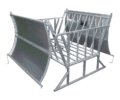
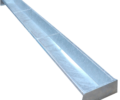
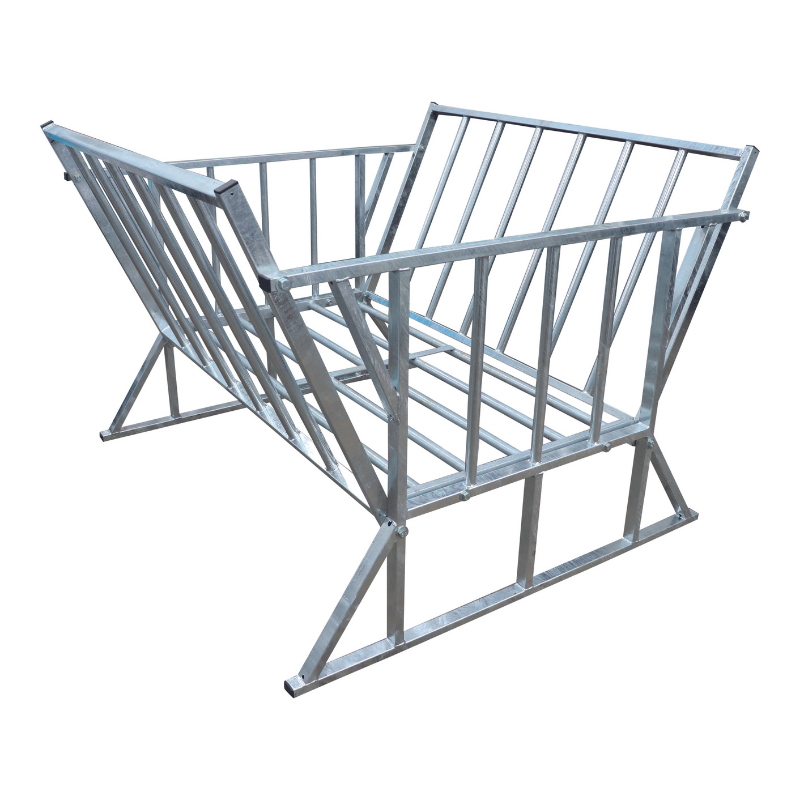
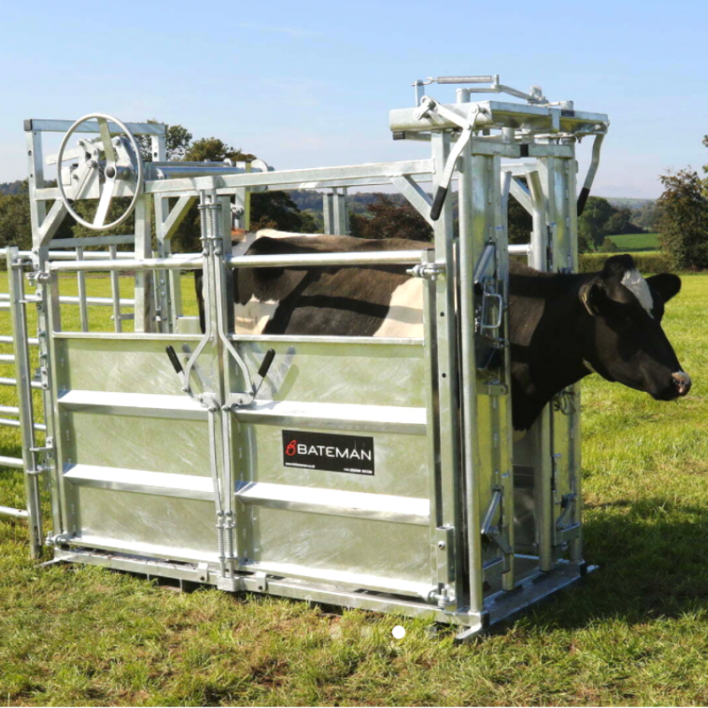
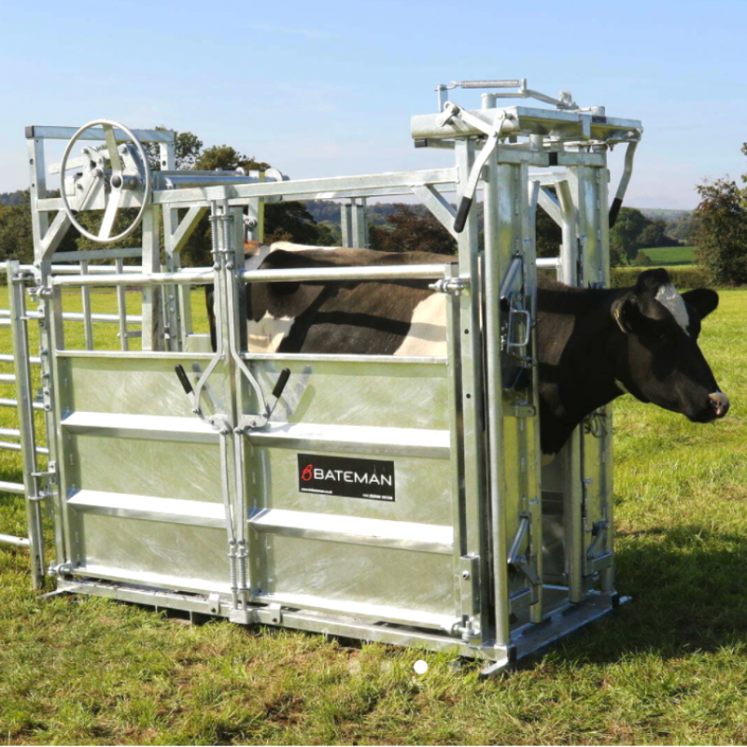
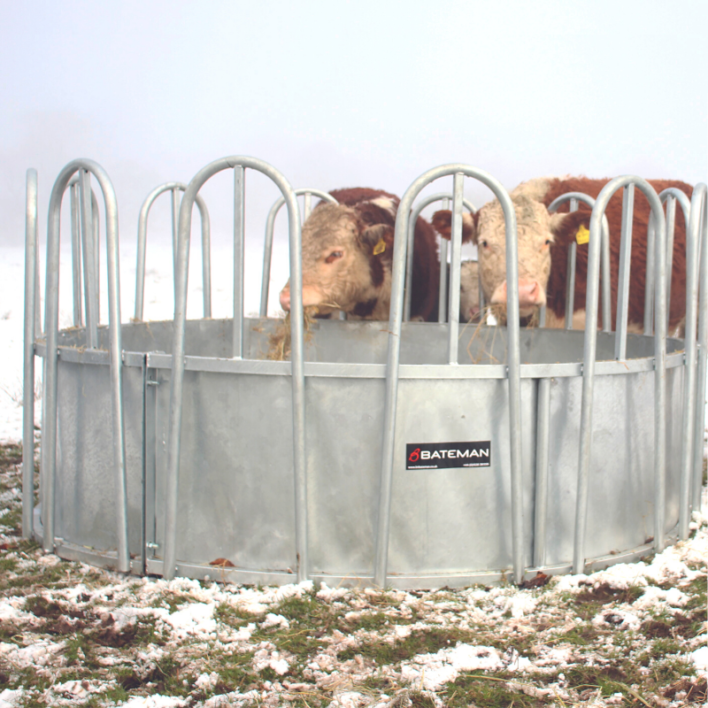
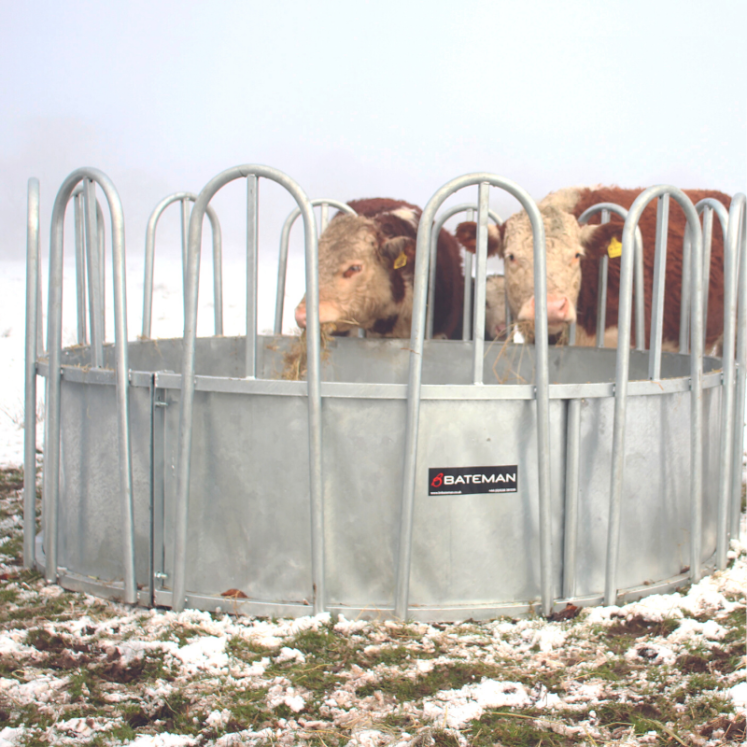
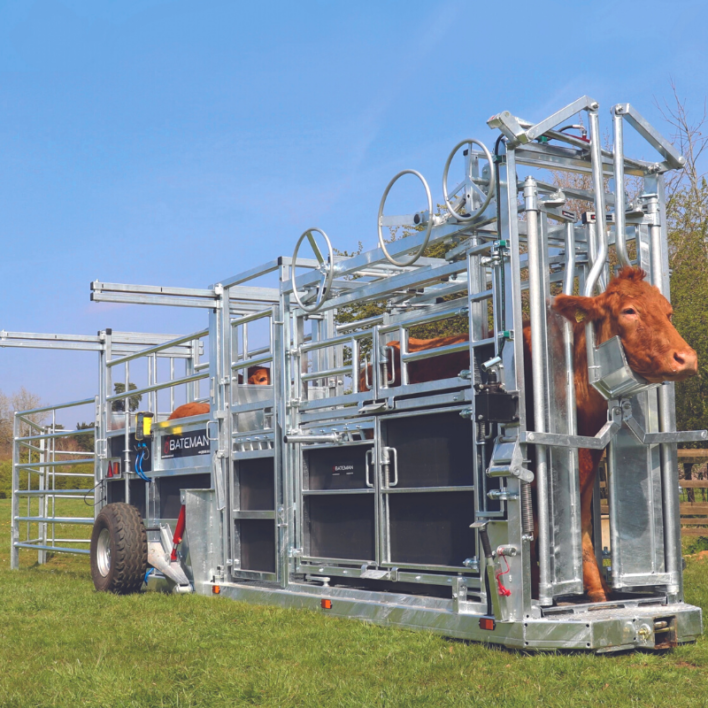

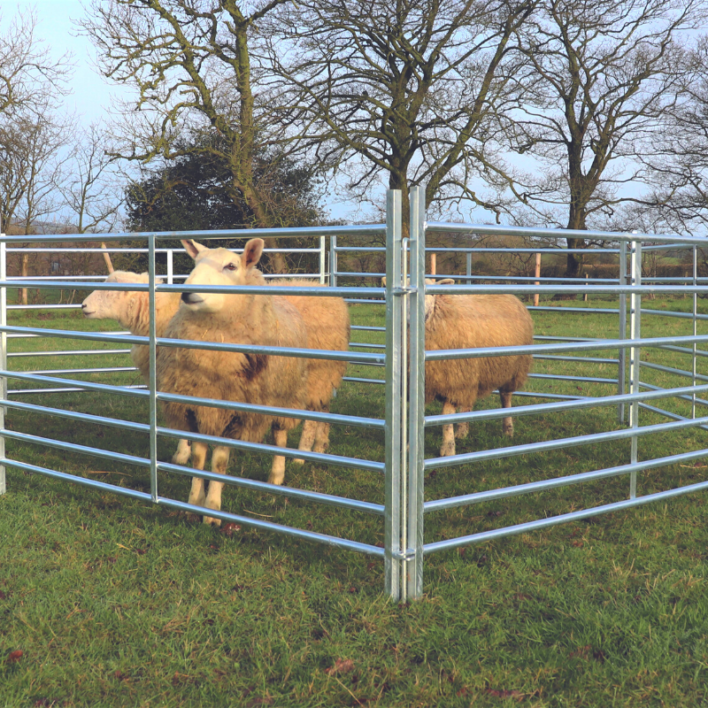
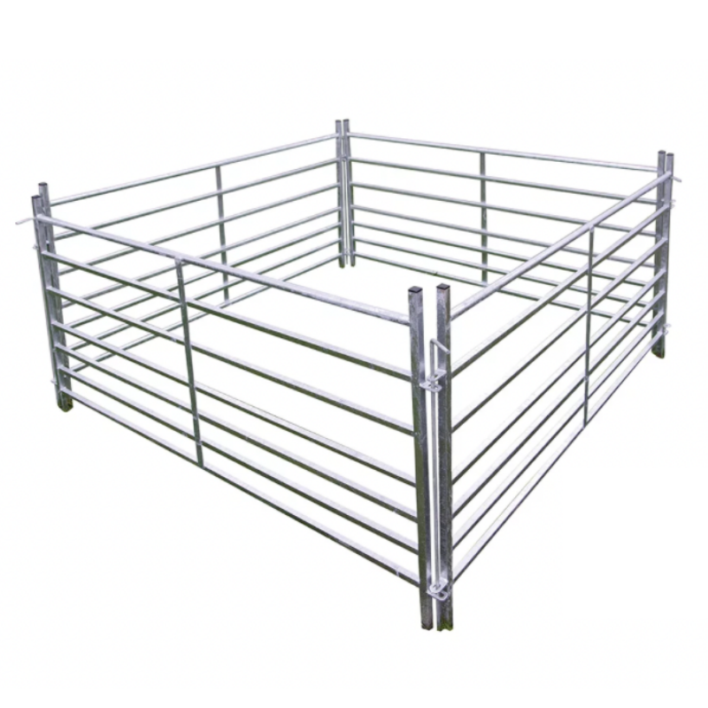
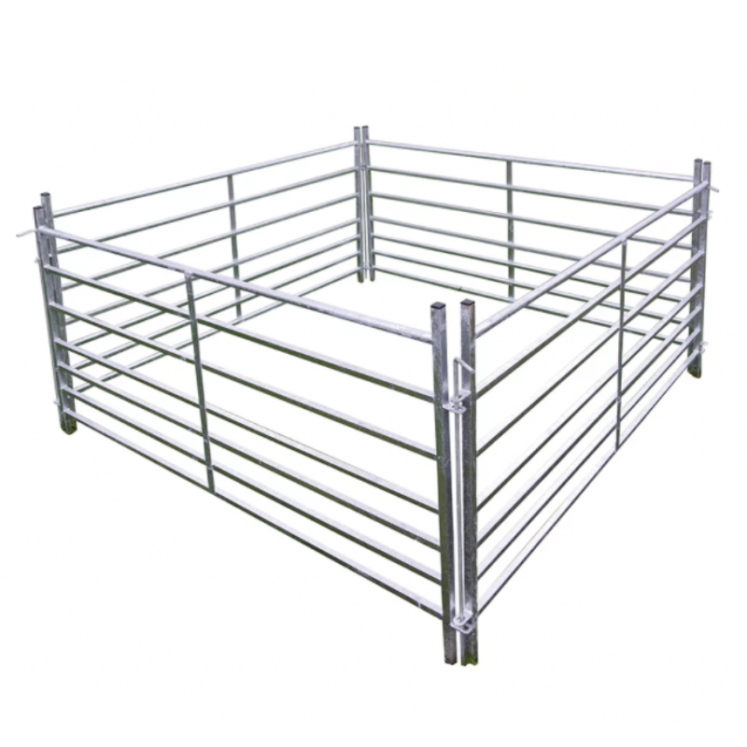
Reviews
There are no reviews yet.